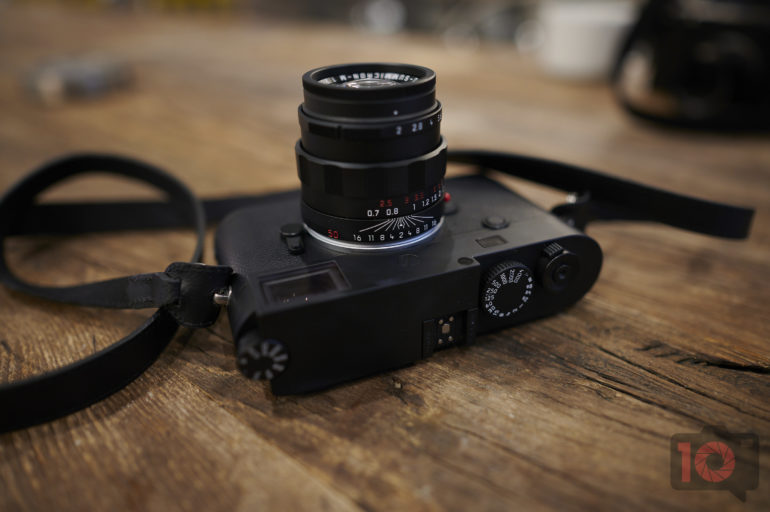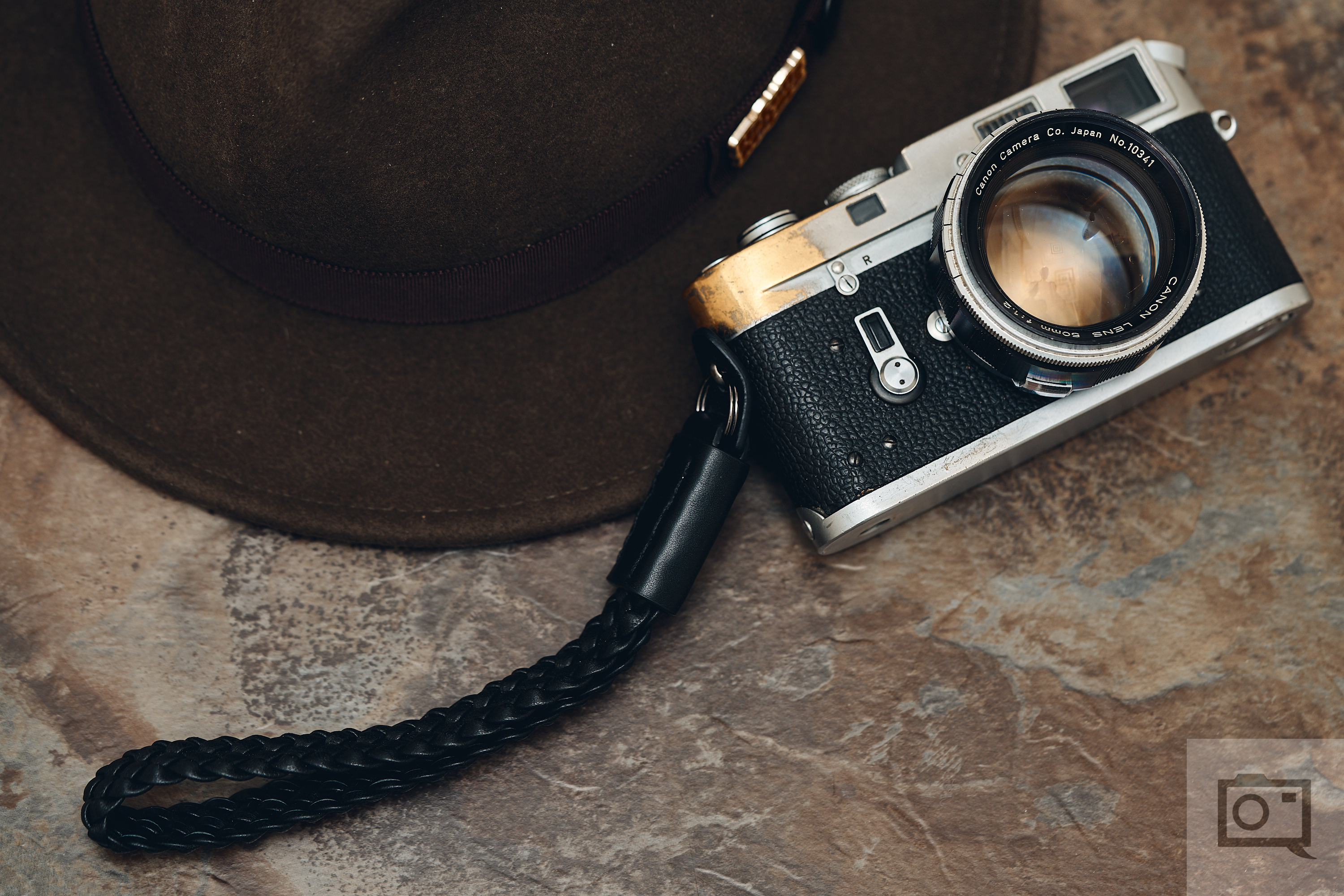Last Updated on 02/06/2020 by Mark Beckenbach
Photography can be expensive, but there are ways to make it easier on the wallet.
A common barrier for people trying to break into or sustain their path in photography is money. Gear, editing tools, accessories, travel: none of them are cheap. You would be forgiven for thinking that unless you’re a rich business tycoon, photography isn’t an option for you. The reality is that’s not true. There are ways in which you can budget, cut back, and invest wisely to keep your photography hobby or career alive. I’m going to take you through simple money-saving tips and tricks to ensure you can keep doing what you love.
Assess Where Photography Sits in Your Priorities

Everybody has priorities in life. The reality is many don’t know where to rank them. From take-out food to coconut mocha lattes, we spend money on things that are seldom important. By doing this, we end up spending hundreds, sometimes thousands, of dollars on things we could have made cheaper at home. One $5 coffee every day for one year amounts to $1,820. That kind of money would be a strong investment either in gear or other aspects of photography.
Take some time and write down everything important to you (concerning spending money). For anything less important than photography (which coffee and kebabs should be), consider either cutting them out or reducing them.
Open a Photography Savings Account
The way we look at money is a problem. When we see price tags on cameras, lenses, etc. we feel overwhelmed. That’s why it feels more justified to spend $5 on a drink than it does to spend $500 on a lens. But, by cutting back elsewhere, you can soon amass a chunk of cash. Instead of letting that cash sit in your standard account – where you may be tempted to spend it on other needless things – open up a savings account.
Having a separate account where you can watch your money grow makes it much easier to manage. You’ll begin to enjoy the challenge of saving and take pride in watching the number rise. While saving, make a list of photography investments you would like to make. Set goals of when you want to have funds available to make them happen. Channeling your focus on your targets will make them much easier to achieve.
Saving While Spending on Photography

People look at the cost of a Leica and think, “Nope, photography is too expensive for me.” Leica’s do cost a pretty penny, but guess what – you don’t need one. The mindset of “if I’m going to do it, then I’m going to do it properly,” as if spending a tone of money is synonymous with “doing it properly,” has to stop. Yes, photography can get expensive, and yes, sometimes that extra expense is justified. But this idea that you need the latest and greatest to do well is nothing more than a myth. You can get an entry-level to a mid-range system and still make quality photographs. How good they are is up to your skill set, not how many zeros are at the end of the cost of your camera.
Pro Tip: You know when camera manufacturers announce an updated model and the whole world gets excited? Yes, well, that’s usually when the previous model goes down in price, and people put it up for sale. Keep an eye out for deals on older models, which are still more than capable cameras.
– Dan Ginn
Don’t Be Scared of Used Gear
“But I want it all shiny and new.” Sure, getting something fresh out the box feels good. But like most things, it’s not always important. Buying used gear will take some research, and it’s best to avoid some random dude on Facebook’s market place, but it’s worth it if you want to save money. Many camera retailers have used sections, where the gear is tested and checked by professionals, meaning you’ll know what you’re buying. You may not come home with the newest, latest, or greatest camera. But you will come home with a quality bit of a kit and more money in your pocket.
Pro tip: When it comes to finding great deals on gear, software, and accessories, there’s no better place than right here. Our Gear Editor, Brett Day, brings you multiple deals each week. Check out our Cheap Photo section to see what you can get (some deals are time-sensitive).
Book Your Own Trips

Away from gear and the like, travel is an important part of a photographer’s journey. Several travel companies offer packages for photographers to go on tours to great places so they can take awesome photographs. But, they cost thousands of dollars. For the most part, you’re paying for the privilege of having everything organized for you. If you have money, sure, go for it. But if you don’t, it doesn’t mean you have to stay at home.
By removing the middle person and their fees, you can save tones of money. Research a trip. Use sites like Skyscanner (which brings you the cheapest flights) and AirBnB (which is often less expensive than a hotel), and plan the trip yourself. Forget about dining out at fancy restaurants or doing five-star exertions. Just do everything on the cheap and let photography be the centerpoint of your trip.
It’s doable. Trust me. I’ve traveled the world with my used camera and packed lunches, all on a budget. It has been one of the most enriching experiences of my life.
Self Teach

Photography courses are not a waste of time. It can be very valuable to have direct tuition and insight when developing your skills. But, they’re expensive, and going to a photography class isn’t the only method of learning. You can use YouTube, where pro photographers offer in-depth tutorials, for free. Here at The Phoblographer, we have plenty of tutorials and cheat sheets that will help you improve. There are photography communities that offer free critiques of your portfolio. If you’re polite enough, you can reach out to a pro directly, and they may give you some free tips and areas of development. (I have, and it worked.)
And there’s no better method of development than practice. At every opportunity, go out and shoot. You’ll learn from your own mistakes and find ways of making adjustments.
Top tip: Offer to be an assistant at a local photography studio. As part of working there, many owners will give you full access to the studio. That way, you save money on studio costs and learn on the job while assisting the lead photographer.
Final Thoughts
The days of photography being an elitist craft are well and truly over. It’s more accessible than ever, and with the right approach financially, you can make great waves in the field.
Don’t let the costs put you off. Work hard, adapt, and no doubt you’ll make it work.


